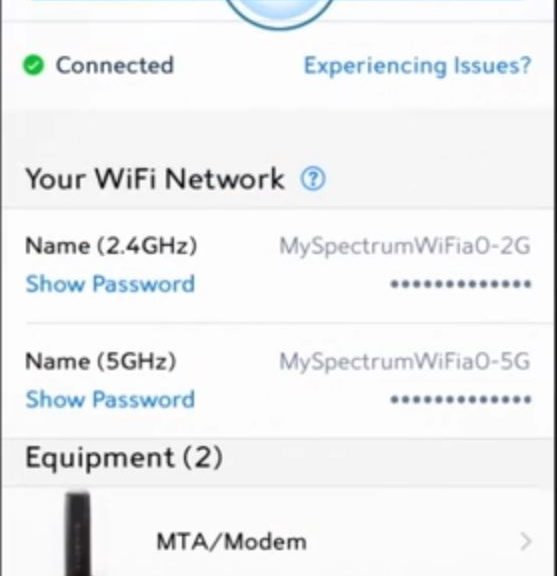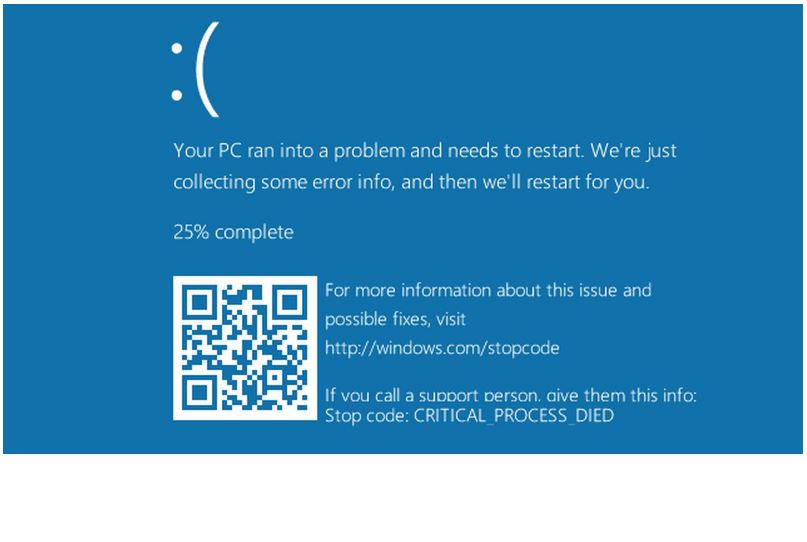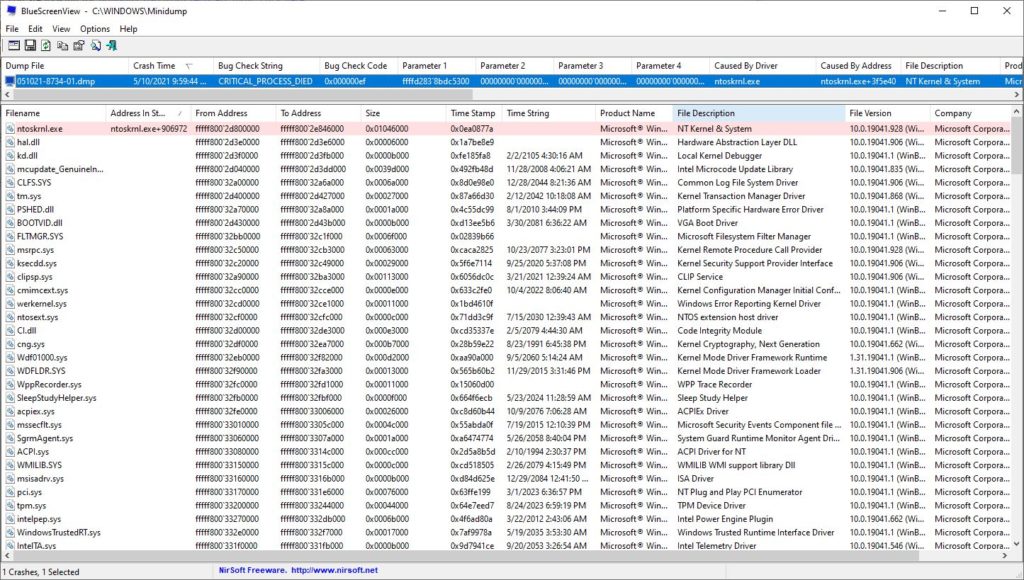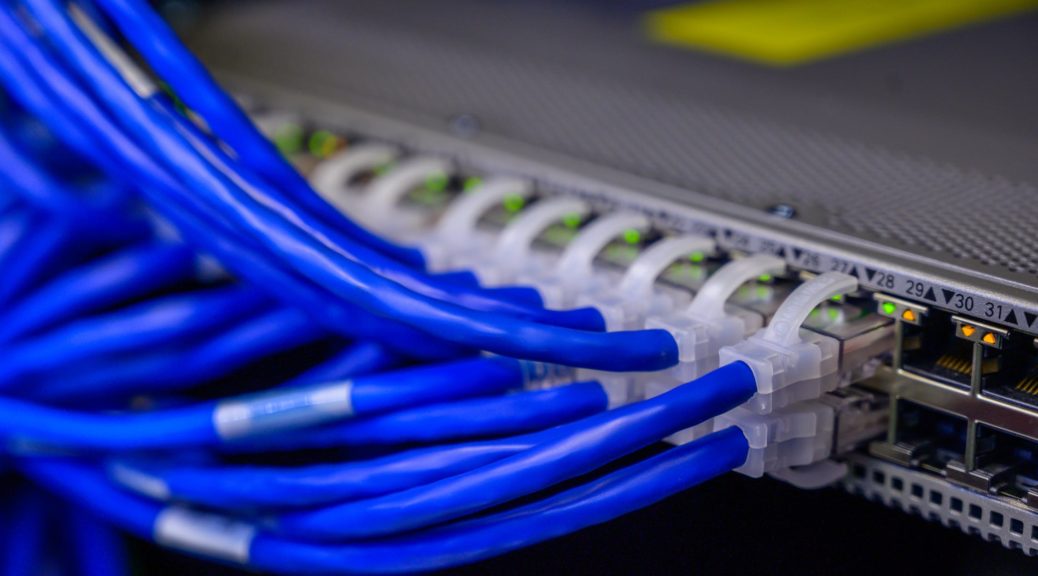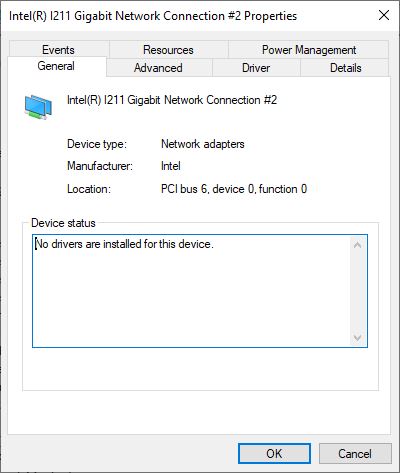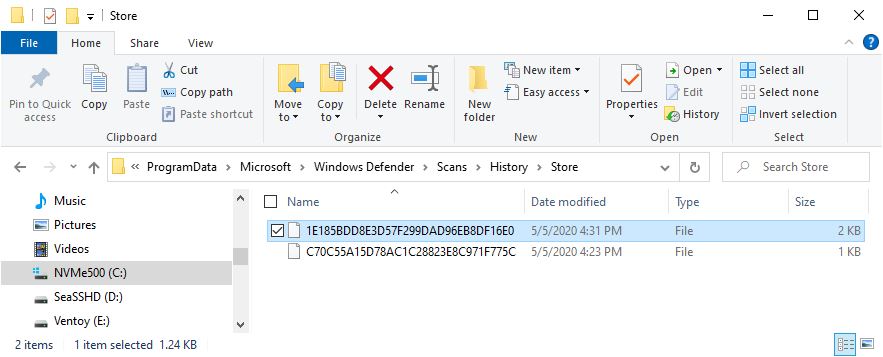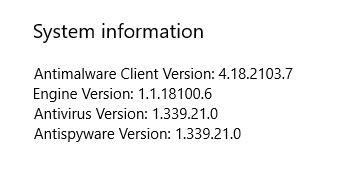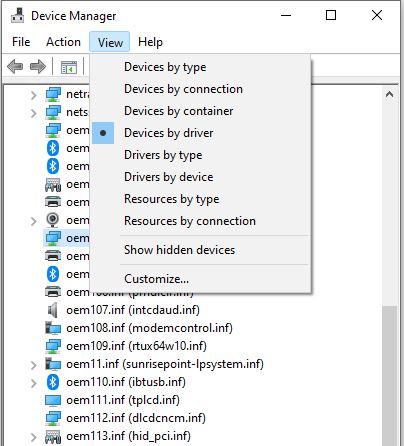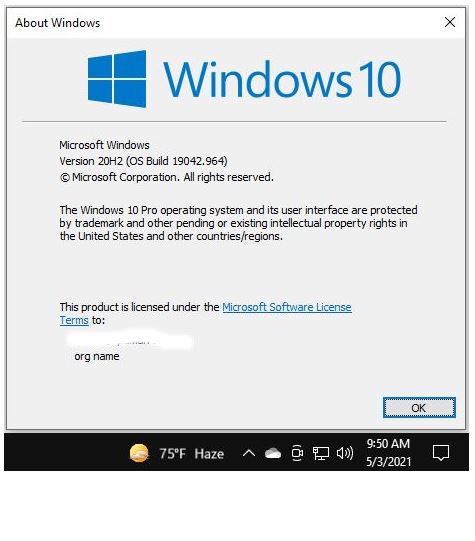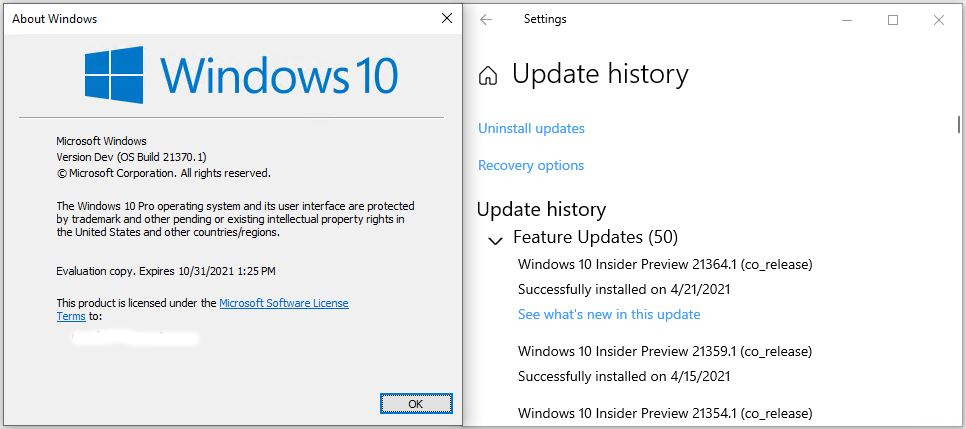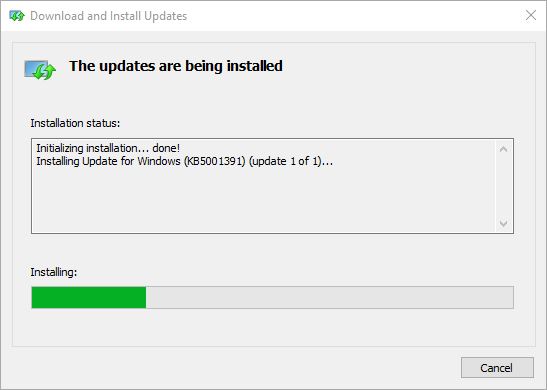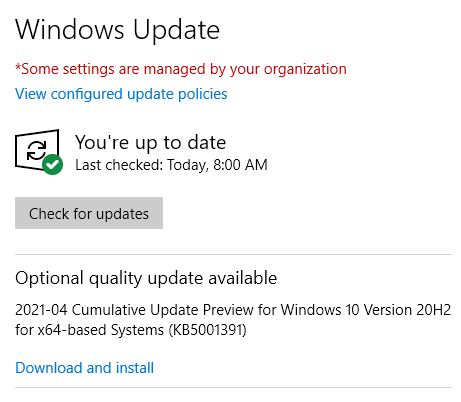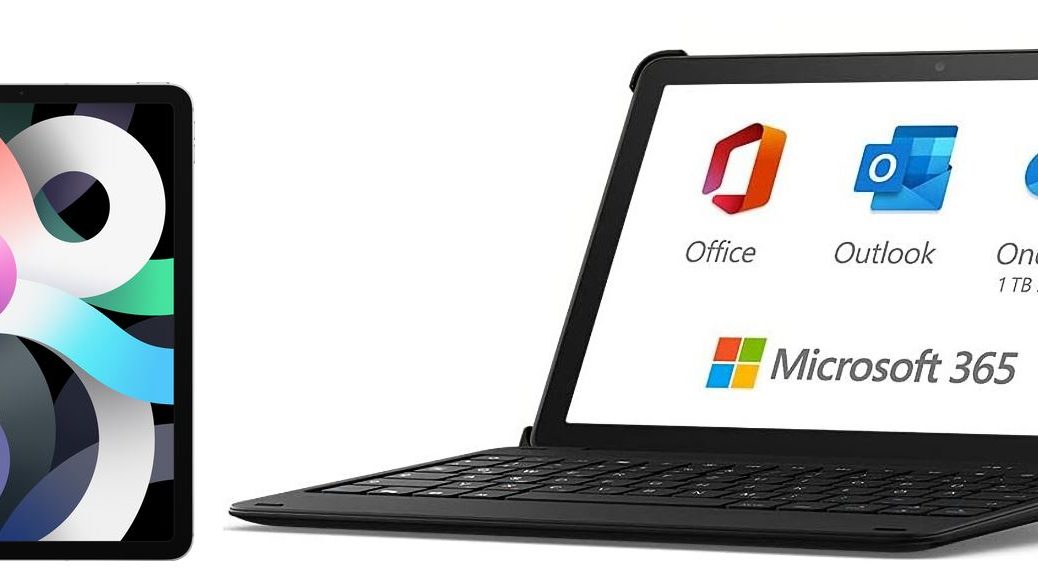In the process of troubleshooting the LAN here at the Tittel household recently, I replaced a Gen 1 Router/Switch/WAP device with its Gen 2 counterpart. Spectrum provides that equipment for something like $7 a month. I don’t resent that charge. But what has me considering a switch to my own equipment is resenting mobile-only network UIs now forced upon me.
What does that mean? It means I can’t log into the gateway’s TCP/IP address in a Web browser any more to access and manage setup and configuration. No! I must now use the MySpectrum app on a cellphone instead. That’s a problem for all kinds of reasons, some good ones, and some that may sound whiny. Apologies in advance.
Why I’m Resenting Mobile-Only Network UIs
Because I MUST run the device UI through a smartphone app, I’m limited to its tiny screen, virtual touch keyboard, and limited silicon. Basically, that means my 100 wpm typing speed on a keyboard falls off a cliff when I switch to a screen-based layout. This gives my facility and productivity a massive knock, and earns my displeasure.
And alas, I’m no spring chicken anymore either. At 68, I am already in the habit of viewing web pages at 125% magnification to make things easier on my eyeballs. I’ve been known to bump that to 150% or higher when faced with lots of fine print. Forcing me onto a 750×1334 screen goes against my preferences, and hurts my eyes.
And then there are the UI exigencies that small screens dictate. I checked, and I have to work through 7 screens to reserve an IP address within the new app. It used to be a lot faster and easier under the old, Web-based UI. Sigh.
Now that my rant is ended, I’d like to remind Spectrum that good customer service is about providing accessible alternatives. C’mon guys: if a late middle-aged, early geriatric has mild usability issues, what about others with more severe access or vision impediments? Is a cellphone-only approach really workable for everybody?
Exploring Technology Alternatives
I won’t let this slow me down too much. First, I plan to see if I can get MySpectrum to run on my iPad. I do have a Bluetooth keyboard for that device, and can put it to work for configuration jobs. I also see that long-time high-value remote access app TeamViewer lets users run a cellphone app from a PC desktop. That’s not the usual path for remote access between such devices, but it might be just what I need.
Stay tuned. Once my current fit of pique subsides, I may find some kind of workable alternative or usage scenario. If I do, I’ll report back with more info.
